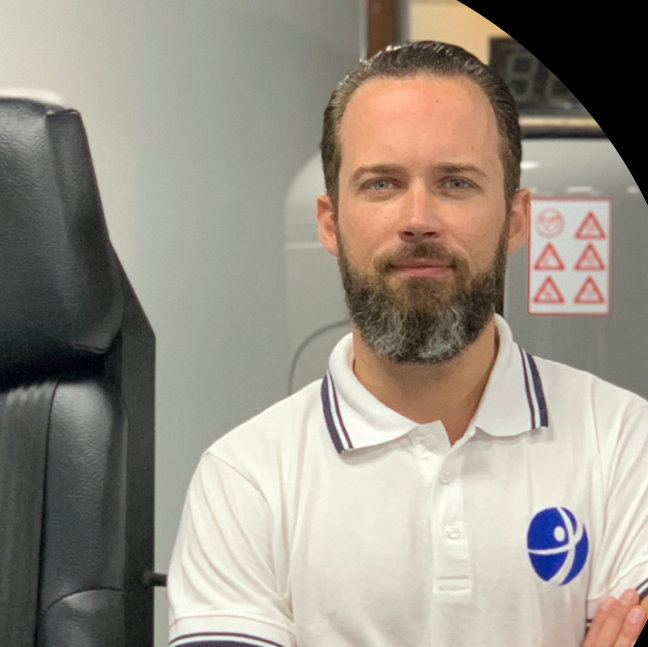Preprint
Article
Variation in Gastrocnemius and Hamstrings Muscle Activity During Peak Knee Flexor Force After Anterior Cruciate Ligament Reconstruction With Hamstring Graft: Preliminary Controlled Study
This version is not peer-reviewed.
Submitted:
20 September 2020
Posted:
21 September 2020
You are already at the latest version
Abstract
Background: The optimisation of this return to athletic activity pass by a better understanding of the behaviour of the muscle involved in knee function.In this study, we focused on the muscular activity of the muscle involved in the flexion of the knee. Preciseley on the relation between the muscular activity of the gastrocnemius and the hamstring among the patient that underwent an anterior cruciate ligament reconstruction with hamstring graft.Objective : The objective of the study is to compare, the muscular activity of the flexor knee muscle in patient that underwent an anterior cruciate ligament reconstruction with hamstring autograft and the individuals that have not undergone surgery.Methods : The participants have been divided into two groups : an healthy group and an experimental group that underwent an anterior cruciate ligament recontruction with hamstring graft. The participants had to performe a strenght test on a isocinetik dynamometer. The activity of the medial gastrocnemius, lateral gastrocnemius, femoral biceps and the semitendinosus were mesured during this test.The muscular activity of the muscle mentioned of the individuals in the first group were compared to the ones in the second group via a statistical analysis. Then, a ratio of the activity of the gastrocnemius muscle on the activity of the hamstring was calculated The results of the experimental group were then compared to the results of the control groupResults : The results showed a significative difference activity of the medial gastrocnemius, the femoral biceps and the semitendinosus muscles : the experimental group results were superior to the control group results However the evaluation of the activity reporting has shown significant differences in the two groupsConclusion : This study has allowed us to show a difference in muscular activity of the gastrocnemius and hamstring muscle between patient that underwent an anterior cruciate ligament reconstruction surgery and the heathy participants. However our approch has not allowed us to identify the relation between a heihtened gastrocnemius activity and a diminished hamstring activity following an anterior cruciate ligament reconstruction with hamstring graft. Quite on the contrary, we observed a higher activity of the two muscle groups. Nevertheless, it seem to be necessary to have a variation in situations during the analysis of the gastrocnemius muscle to fully understans its purpose in the functional activity of the knee of patient that have undergone an anterior cruciate ligament reconstruction.
Keywords:
Subject:
Medicine and Pharmacology - Orthopedics and Sports MedicineCopyright: This open access article is published under a Creative Commons CC BY 4.0 license, which permit the free download, distribution, and reuse, provided that the author and preprint are cited in any reuse.
Alerts
MDPI Initiatives
Important Links
© 2025 MDPI (Basel, Switzerland) unless otherwise stated






